Chicken Manchurian is a beloved Indo-Chinese dish that tantalizes taste buds with its perfect blend of savory, tangy, and spicy flavors. This article serves as your comprehensive guide, providing step-by-step instructions to create this delectable dish at home. Not only will you learn the recipe, but also gain insights into its origins and variations, ensuring your culinary journey is both educational and satisfying.
Chicken Manchurian has its roots in the Indo-Chinese culinary fusion that emerged in Kolkata, India, during the 19th century. This innovative cuisine combines traditional Chinese cooking techniques with Indian spices and ingredients, resulting in a unique flavor profile that has captured the hearts of food enthusiasts worldwide. While its exact origins remain debated, it is widely believed that Chinese immigrants in Kolkata adapted their cuisine to suit local tastes, giving rise to dishes like Chicken Manchurian.
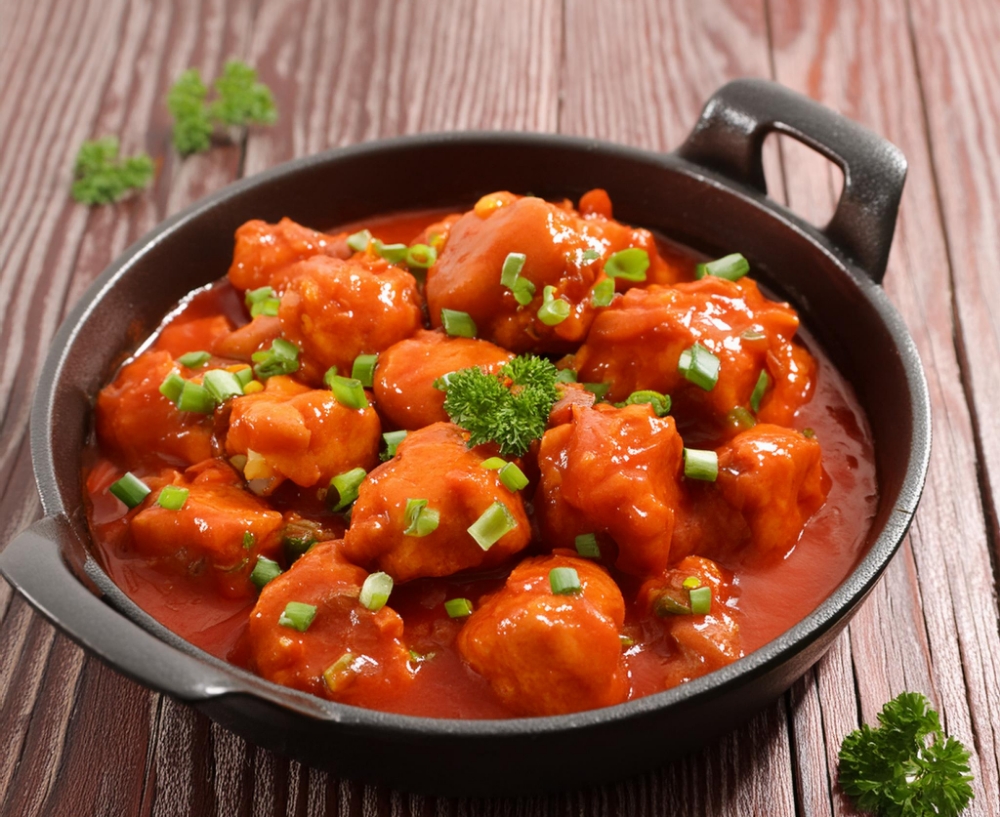
To prepare Chicken Manchurian, you will need:
- 500g boneless chicken, cut into bite-sized pieces
- 2 tablespoons soy sauce
- 1 tablespoon chili sauce
- 1 tablespoon tomato ketchup
- 1 teaspoon vinegar
- 2 tablespoons cornflour
- 1 egg, beaten
- 1 onion, finely chopped
- 1 capsicum, diced
- 2-3 cloves of garlic, minced
- 1-inch piece of ginger, grated
- Spring onions, for garnish
- Salt and pepper, to taste
- Cooking oil
Instructions
- Marinate the chicken: In a bowl, mix the chicken pieces with soy sauce, chili sauce, tomato ketchup, vinegar, salt, and pepper. Allow it to marinate for at least 30 minutes in the refrigerator.
- Prepare the batter: In another bowl, combine cornflour and beaten egg to form a thick batter. Add the marinated chicken pieces to the batter, ensuring they are well coated.
- Fry the chicken: Heat oil in a pan over medium-high heat. Once the oil is hot, carefully add the battered chicken pieces and fry until they are golden brown and crispy. Remove the fried chicken and drain excess oil on a paper towel.
- Prepare the sauce: In the same pan, add a tablespoon of oil if needed. Sauté minced garlic and grated ginger until fragrant. Add chopped onions and diced capsicum, and cook until they are slightly softened.
- Add sauces: Stir in soy sauce, chili sauce, and tomato ketchup. Adjust the seasoning according to your taste preferences.
- Thicken the sauce: In a small bowl, mix cornflour with water to form a slurry. Gradually pour the slurry into the pan while stirring continuously until the sauce thickens to your desired consistency.
- Combine chicken and sauce: Once the sauce reaches the desired consistency, add the fried chicken pieces to the pan. Toss until the chicken is evenly coated with the sauce. Cook for an additional 2-3 minutes, allowing the flavors to meld together.
- Garnish and serve: Garnish the Chicken Manchurian with chopped spring onions and serve hot with steamed rice or noodles.
Variations and Serving Suggestions :
While the classic Chicken Manchurian recipe is immensely satisfying on its own, there are several variations you can explore to suit your taste preferences. For a spicier kick, add chopped green chilies or a dash of hot sauce to the sauce mixture. You can also incorporate vegetables like carrots, broccoli, or mushrooms for added texture and nutrition.
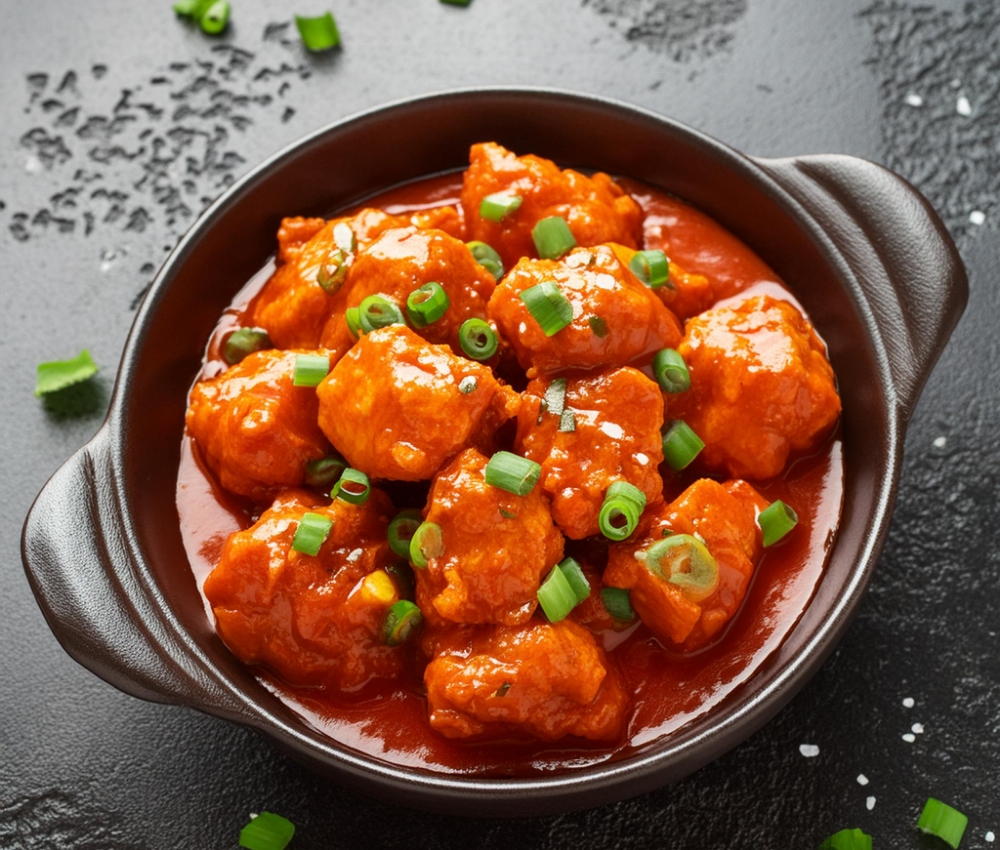
Chicken Manchurian pairs perfectly with steamed rice, fried rice, or noodles. For a complete Indo-Chinese meal experience, serve it alongside other popular dishes like Vegetable Hakka Noodles, Gobi Manchurian, or Sweet and Sour Chicken.
Mastering the art of Chicken Manchurian is sure to elevate your culinary repertoire, allowing you to recreate the flavors of your favorite restaurant at home. With this detailed guide, you can confidently embark on your culinary journey, impressing family and friends with your skills in the kitchen. Whether you’re a novice cook or a seasoned chef, this delicious dish is bound to become a staple in your repertoire, bringing joy and satisfaction to every meal.




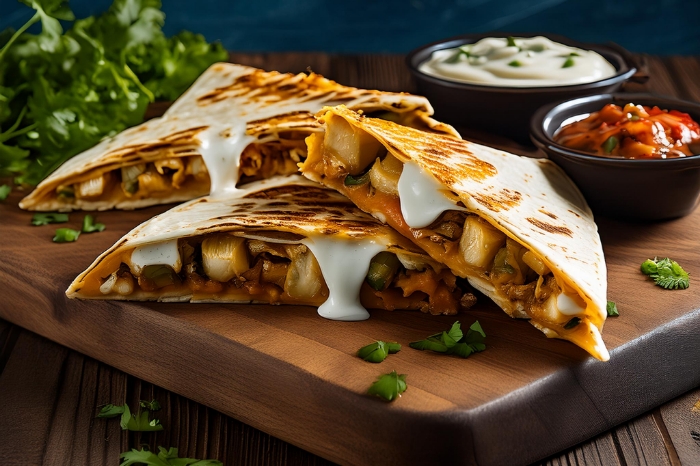



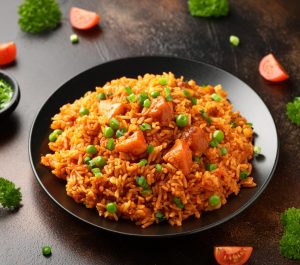
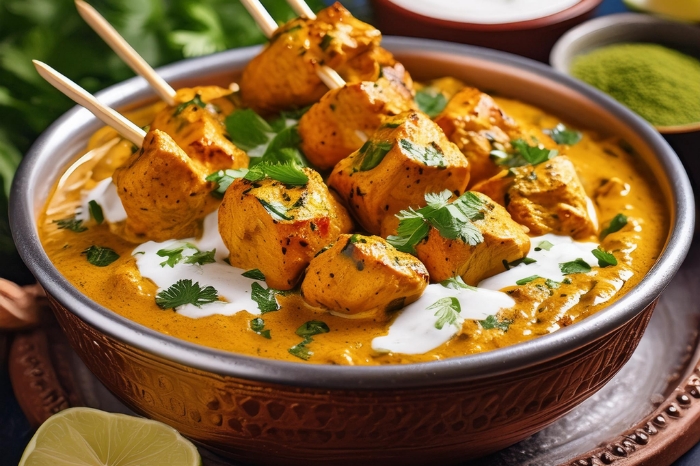
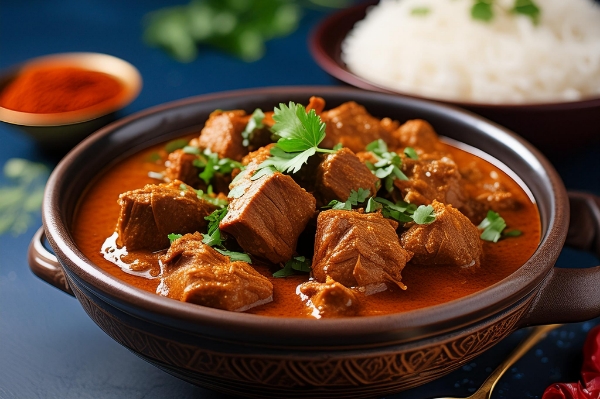

+ There are no comments
Add yours